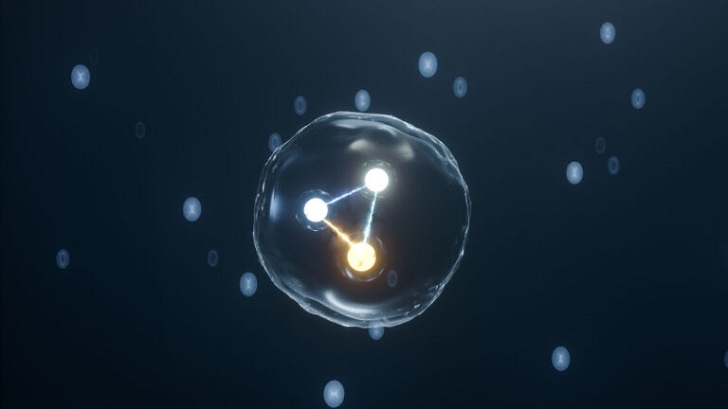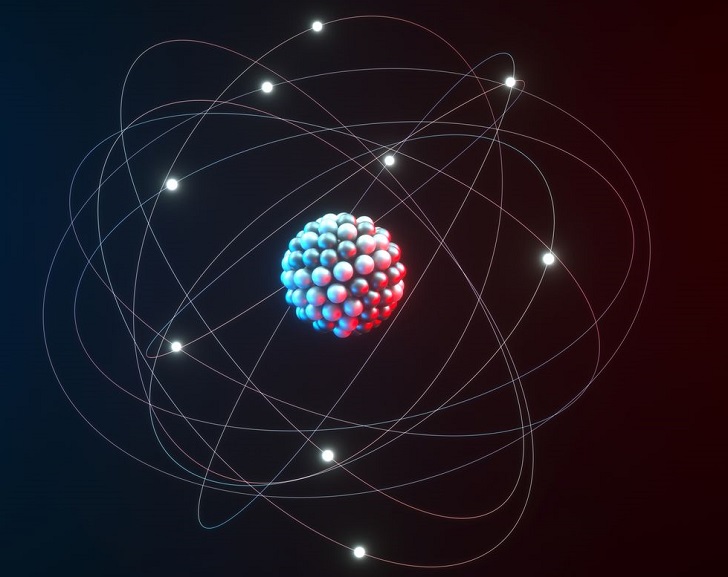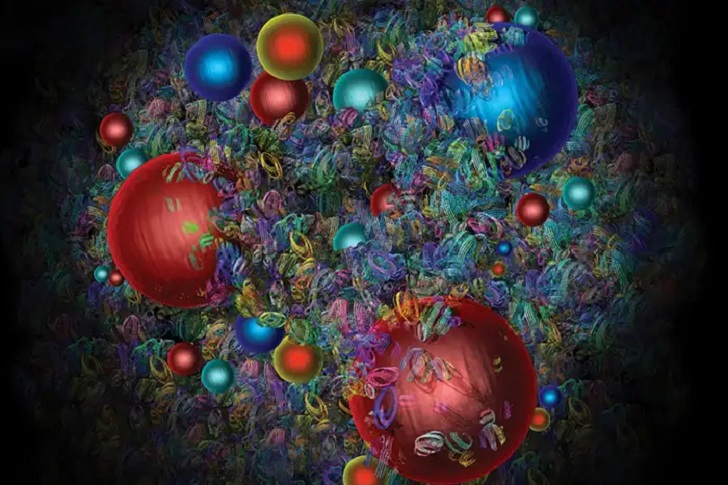There’s been a lot of chatter lately about a claim that charm quarks are found in protons. While the evidence for this claim of “intrinsic charm” (a name that goes back decades) is by no means entirely convincing, it might be true… sort of. But the whole idea sounds very confusing.
A charm quark has a larger mass than a proton: about 1.2 GeV/c2 vs. 0.938 GeV/c2. On the face of it, suggesting charm quarks in protons sounds as crazy as suggesting that a football could have a lead brick inside it without you noticing any difference.
Heavier than protons

Since odd quarks are much lighter than protons, scientists are in agreement that they exist intrinsically. There is still some ambiguity regarding intrinsic charm quarks’ existence and potential impact. These quarks are just slightly heavier than protons, making it possible to contribute a small but measurable portion of a proton’s mass.
While some scientists came to the conclusion that charm quarks can only contribute up to 0.5% of a proton’s momentum, other scientists discovered that charm quarks could contribute up to 2%.
The NNPDF Collaboration, made up of physicists from the Universities of Milan, Edinburgh, and the Free University of Amsterdam, claims to have discovered “unambiguous proof” that intrinsic charm quarks are real. The method employed to do so, which they refer to as NNPDF4.0, involved relying on vast amounts of collision data from the LHC and other sources previously used to calculate what is known as Parton distribution functions (PDFs).
Scientists look into the complication.

At particle accelerators like the Large Hadron Collider, the largest atom smasher in the world, located close to Geneva, scientists hurl particles against each other at breakneck speeds to learn about the structure of subatomic and elementary particles.
These particle-smashing records, which date back to the 1980s, were compiled by researchers with the nonprofit NNPDF cooperation. They include illustrations of experiments in which photons, electrons, muons, neutrinos, and even other protons were crashed against protons. Researchers can reassemble the particles’ initial state by examining the collision-related debris.
In the new study, the researchers gave all of this collision data to a machine-learning system that was made to look for patterns without considering the potential appearance of the structures. The algorithm returned possible structures and their likelihood of existing.
More of the recent study

According to Forte of Nature Briefing, the study showed a “small but not negligible” possibility of discovering a charm quark. The results constitute the “first concrete proof” that the charm quark could exist, according to Forte, even though the amount of evidence wasn’t sufficient for the researchers to declare the irrefutable discovery of the charm quark in protons.
Forte said that the proton’s structure is significant because, in order to find new elementary particles, physicists will need to find minute discrepancies between what theories predict and what is observed. To do this, exceedingly accurate measurements of subatomic structures are needed.
For the time being, physicists still require additional information about the elusive “charm” within a proton. According to Tim Hobbs, a theoretical physicist at Fermilab in Batavia, Illinois, future research could be helpful. Future research could include the Electron-Ion Collider at Brookhaven National Laboratory in Upton, New York, which is slated to be built.





